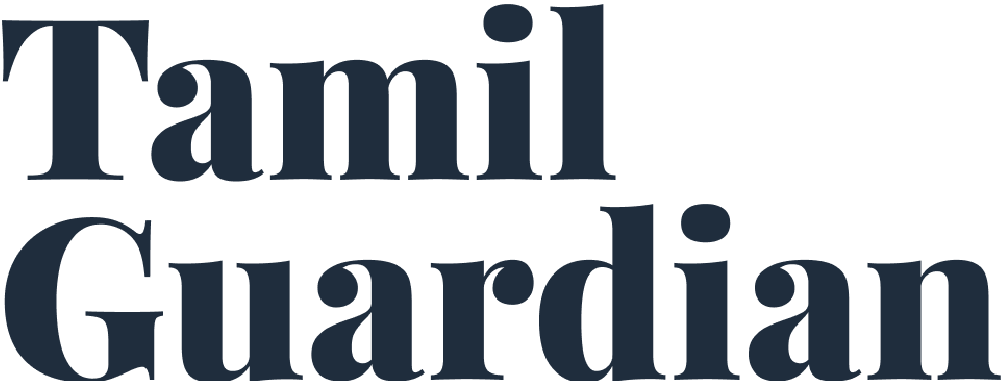Two other journalists were also wounded in the rocket attack. Paul Conroy, a freelance photographer with the Sunday Times, and Edith Bouvier of the French newspaper Le Figaro were named as the journalists injured in the attack which killed 24 others, apart from Colvin and Ochlik.
The acclaimed journalist was the last journalist to talk to the LTTE’s Political Head B Nadesan and the Director of LTTE Peace Secretariat S Puleedevan, as they negotiated a surrender in May 2009. See her account of the events here.
"I have been a war correspondent for most of my professional life. It has always been a hard calling. But the need for frontline, objective reporting has never been more compelling.
"Covering a war means going to places torn by chaos, destruction and death, and trying to bear witness. It means trying to find the truth in a sandstorm of propaganda when armies, tribes or terrorists clash. And yes, it means taking risks, not just for yourself but often for the people who work closely with you."Despite all the videos you see from the Ministry of Defence or the Pentagon, and all the sanitised language describing smart bombs and pinpoint strikes, the scene on the ground has remained remarkably the same for hundreds of years.
"Craters. Burned houses. Mutilated bodies. Women weeping for children and husbands. Men for their wives, mothers children.
"Our mission is to report these horrors of war with accuracy and without prejudice. We always have to ask ourselves whether the level of risk is worth the story.
"I lost my eye in an ambush in the Sri Lankan civil war. I had gone to the northern Tamil area from which journalists were banned and found an unreported humanitarian disaster.
"As I was smuggled back across the internal border, a soldier launched a grenade at me and the shrapnel sliced into my face and chest.
"He knew what he was doing."
See her full speech here.
See her final report for the Sunday Times here.
